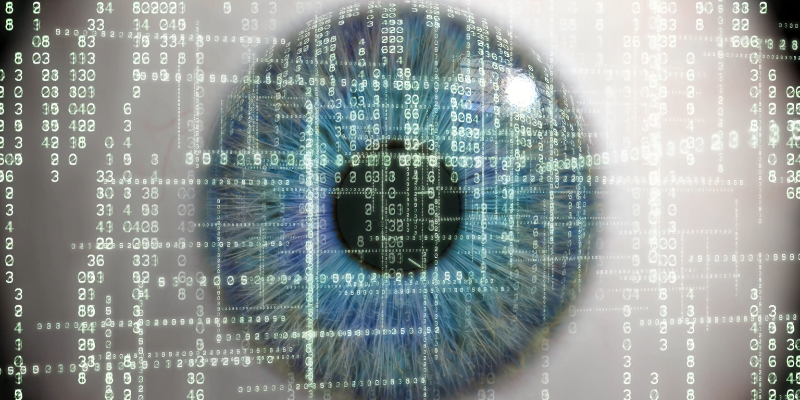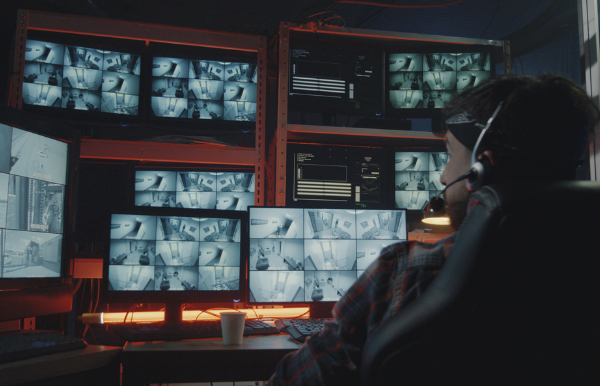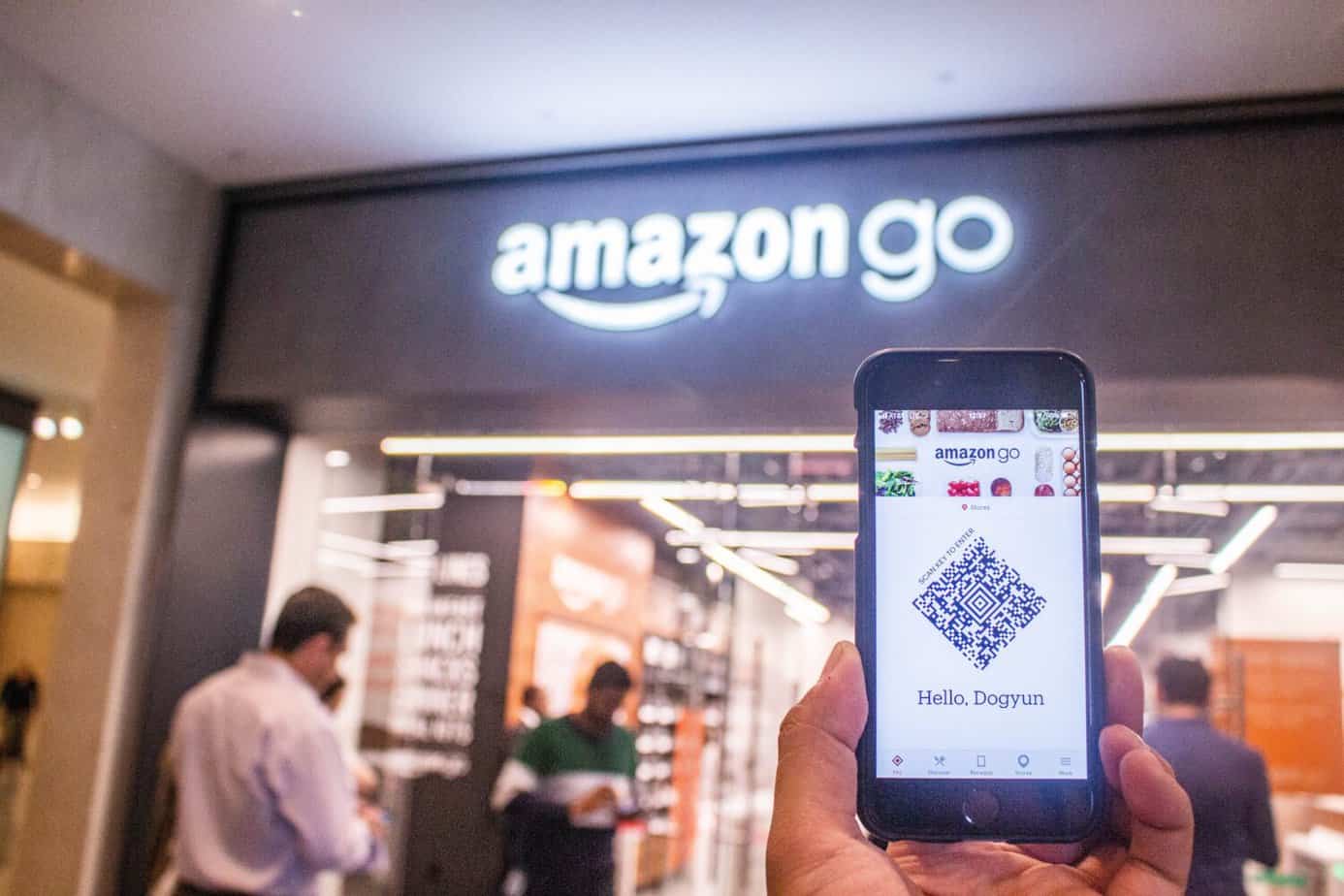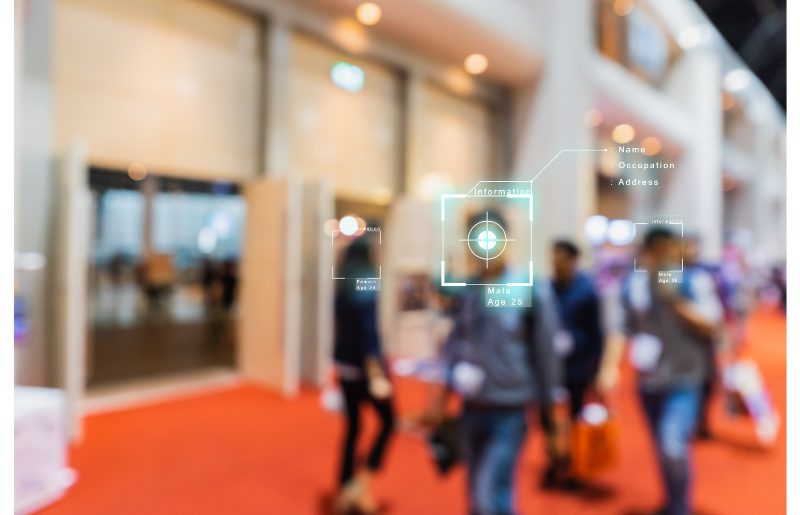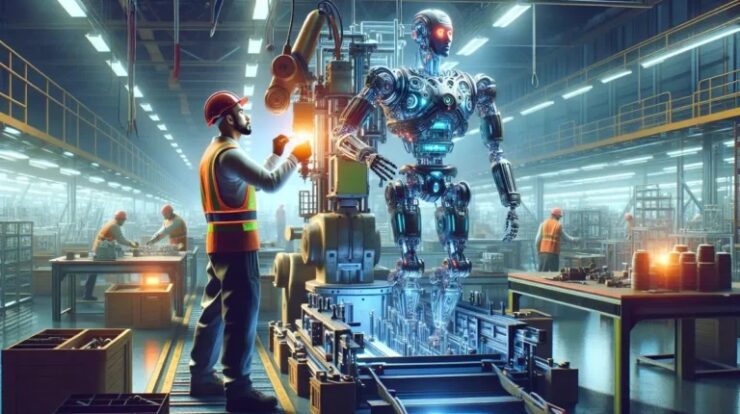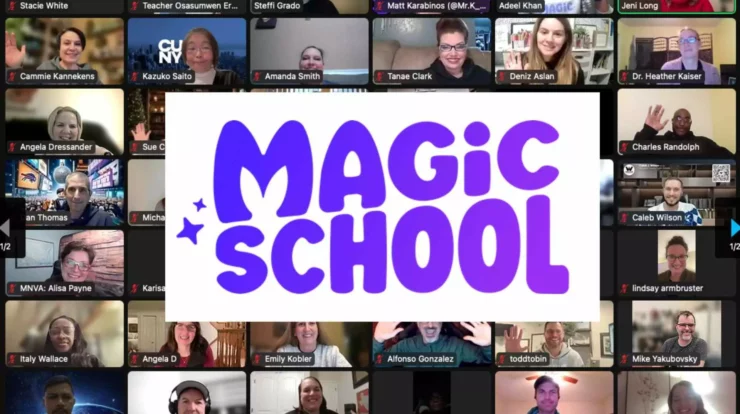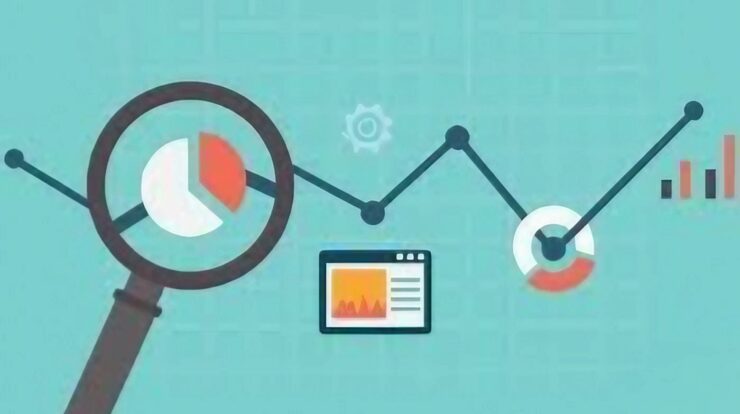
The amount of video information produced and viewed each day is astounding. Statista claims that 500 hours of video are uploaded to YouTube every minute!
Naturally, it’s hard for media analysts to make sense of it all.
Thankfully, advances in artificial intelligence (AI) have led to the creation of powerful tools for video analytics that can reliably and easily extract insightful information from videos.
This article will cover the top AI-based video analytics tools available today, along with how to apply them to enhance your media analytics.
What Are AI-Based Video Analytics Tools?
AI-powered video analytics solutions use machine learning and progressive CV (Computer Vision) technology to gather valuable data from videos in any format.
These technologies should ideally use a set of complex algorithms that analyze videos pixel by pixel and identify objects, events, and activities in both live and recorded footage.
You can explore anything that algorithms can recognize, including movements, objects, and emotions. Depending on your company’s requirements, you can create truly unique models or flexibly train algorithms using video analytics technologies.
Suppose you want to detect objectionable or inappropriate information in videos that users have released or created. Based on predefined parameters that define what information is offensive or inappropriate for your organization, you can create unique AI models. Run the model over multiple video clips to find any anomalies.
The following are two important principles of analytics:
- Motion Detection: Looks at every pixel in the movie to detect the motion of any object.
- Identify and track objects, as well as objects that have changed, disappeared or been created.
In security and surveillance systems, advanced video analytics are primarily used to identify and notify users of any threats, individuals, or unusual activity.
Video analytics are widely used in many industries and provide flexible solutions to meet specific business needs.
However, companies and media outlets are starting to use the program more and more these days.
As the need for video content rises, brands are turning to AI-based video analytics solutions to:
- Determine visual references.
- Gain insight into your audience.
- Use user-generated content.
- Look for fake brand logos or fake products.
And much more.
Technically, since then, the applications of AI-powered video analytics technologies have changed.
Advantages of AI-Based Video Analytics Tools
1. Comprehensive Analysis
Expert video analytics software can examine video streams at a level of detail not achievable with human vision.
You see, the images that the eye sees in 13 milliseconds can be processed by the human brain.
We don’t expect humans to understand every nuance or conflict in streaming media in such a short amount of time. However, we can undoubtedly expect AI to do the same.
AI-powered video analytics systems don’t look at a video as a whole. Instead, they analyze streaming or recorded video frame by frame. They are able to identify, track, and classify objects in a scene due to their granularity.
When detecting suspicious activity and security issues, this degree of information can be quite important.
#2 Improved Productivity and Efficiency
Automation is an important component of the video analytics process. Tools do all the work, including video analysis and insight collection and storage.
Doing these tasks on a regular basis would have required a large team and many hours. You won’t be able to get the insights that AI offers, not even after hours of work.
Allow me to illustrate with an example. You have a physical store and have installed a control center to monitor and review security footage.
If you don’t have video analytics tools, your security staff is glued to screens all day and night.
However, when video analytics are added, your team can gain more insightful data, including:
- Maximum foot traffic
- Client demographics
- Repeat clients
- Time spent waiting at the billing counter.
- The area of the store with the most activity.
With so much data already collected by analytics tools, you can focus on your core responsibilities, like developing plans in your store and leveraging insights to improve the customer experience.
#3 Hassle-Free Content Moderation
User-generated content is difficult to monitor, given the explosion in content creation.
AI-powered video analytics technologies enable you to quickly wade through hours of video content.
The best feature is that you can use specific compliance criteria to train the algorithm. The program can quickly identify any instances in which content deviates from established norms.
Video analytics technologies can typically help organizations in the following ways:
- Recognize fake brand logos.
- Brand mentions (audio, text, or logo)
- Identify objectionable content.
Additionally, it is important for media companies to keep a close eye on video content. This prevents them from getting into legal disputes over unapproved brand mentions or the publication of objectionable content in their name.
#4 Quick Alerts and Hints
The software has the option to configure to send alerts and warnings in case the algorithm finds something unethical.
This enables content managers to respond to alerts immediately. Alerts can be configured to identify anything, including brand mentions, outdated information, and bogus logo recognition.
In time-sensitive situations, real-time warnings are essential, especially in the security industry. In particular, you can also configure event-based actions to be triggered automatically in the event that an algorithm detects a violation.
For example, sirens can sound throughout the building in the event of a fire, and the police can be notified if there is a break-in.
Without the need for human intervention, owners, security personnel, and others will automatically receive an email or notification.
Here are some incredible AI-powered tools for video analytics to improve your media analysis.
1) Clarifai
Using AI and computer vision, Clarifai provides full motion video analysis. Due to its orientation towards object detection and context awareness, this tool is suitable for security and surveillance applications.
Important Elements
- Identifies specific behaviors found in the video, such as trends or unique behaviors, to gain a deeper understanding of how customers use products.
- Gain knowledge from unstructured data; Quickly identify anomalies to accelerate field decisions and support military ISR initiatives.
- Improve response times by using AI with full-motion video footage to quickly locate people or damaged areas.
- Integrated audio recognition technology that can identify and mimic other voices, detect music, and detect speech.
Clarify offers world-leading video analytics support to the world’s leading teams, including Canova, Nvidia, and others. Additionally, when you sign up with Clarifai, you get 1000 complimentary operations per month.
2) Lumeo
Lumeo is a no-code, customizable video analytics platform that uses pre-built analytics building blocks and simple drag-and-drop capabilities to help anyone get the most out of video content.
Important Elements
- Features countless pre-built AI models, tools, and connectors that make Lumeo easy to use for a variety of use cases.
- Easy plug-and-play integration of the program with existing camera and video management systems
- A complete set of programmable Python nodes and REST APIs to facilitate the creation of unique integrations
- Integrated collaboration tool to help implementation teams, developers, and solution engineers deliver solutions faster
An all-in-one platform for video analytics is called Lumeo. Anyone can fully utilize advanced analytics with its simple design and pre-built AI models without learning any technical language.
3) Amazon Rekognition
Amazon Rekognition is a robust video analytics tool that includes computer vision APIs that can be pre-trained and easily configured. It performs object detection, image analysis and face recognition using deep learning technology.
Important Elements
- Integrate Recognition moderation APIs into social media and advertising to identify offensive or inappropriate content and create a legally compliant media environment that’s easy to use.
- Use RekoRekognition’s facial feature detection techniques on photos or videos to determine features such as age, gender, and open or closed eyes.
- Use storage-based APIs to collect faces found in a variety of images or videos, then use the collection for search and face matching.
- Text detection and extraction from pictures and videos are useful for applications like license plate identification and document analysis.
- Clearly recognize labels and scenes, including cars, buildings and scenery, in photos and live video broadcasts.
PBS, Pinterest, and other websites rely on Recognition. It is undoubtedly a versatile device that has many uses in various fields, such as media, advertising and security.
4) Google Cloud Video Intelligence
Google’s Cloud Video Intelligence simplifies media management and video analysis. More than 20,000 objects, actions and scenes in recorded and streaming movies can be identified with its pre-trained models.
Important Elements
- Content moderation and compliance require navigating through petabytes of video footage with ease to find and remove explicit or prohibited content.
- Real-time shot change detection in recorded or streaming videos with integrated shot change analysis
- Choose the right spots or time slots within movies to add contextual ads.
- Use rich information to improve search and discovery by recognizing objects, activities, and scenes in movies.
- Features text detection, which finds and extracts text from input video using optical character recognition (OCR).
With Video AI, you can create captions and subtitles for videos and automatically transcribe audio into text. Additionally, there are person and face detection models under beta testing for video AI.
5) Video Indexer
Microsoft Azure offers a cloud-based video analytics solution called Video Indexer. Using media AI makes it easy to extract insights from audio and video files to improve searchability, accessibility, and the overall user experience.
Important Elements
- A wide variety of metadata, such as spoken words, closed captions, tags, and transcripts, can be extracted from videos using a video indexer.
- Provides an AI-powered video editor that makes it simple to transform preexisting material into new content.
- Connects to more Microsoft services, such as Power BI, SharePoint, and Azure Cognitive Services.
- Optimize the recommendation system by taking into account the items and characters in the video.
Security and privacy are real with Video Indexer. Its more than 3,500 security experts are committed to protecting your information and privacy.
This platform is ideal for advanced applications in various industries as it also has advanced certifications.
Use – Cases of Video Analytics Tools
As stated earlier, there are many applications for video analytics technologies. However, we will limit our analysis to three key sectors to observe how they apply video analytics: retail, security, and healthcare.
Healthcare
A smartphone app developed by the University at Buffalo may help identify autism spectrum disorder (ASD) in children. The foundation of video analytics is motion detection, which is how software works.
The software uses a smartphone camera to monitor children’s gaze and facial expressions as they view images of social situations (with multiple people).
Because the eye movements of children with ASD differ from those without autism, an eye movement tracking app can accurately identify them.
Retail
Customers can check out at Amazon Go, the first-of-its-kind grocery store, without waiting in long billing lines. Charges are made to customers automatically based on what they remove from the shelf.
As per Amazon, a customer’s selection of an item off the shelf results in its instant addition to their virtual shopping basket. Amazon withdraws items from virtual carts when customers return them to the shelf.
Although Amazon doesn’t reveal much about the technology it uses, it does say that it combines multiple in-store sensors with advanced computer vision and machine learning models so that Amazon can confidently determine how much to charge customers for their purchases.
Security
An American citizen may be seen on camera more than 75 times a day, compared to a person in London who may be seen on security cameras more than 300 times a day.
Therefore, it is impossible for humans to keep track of faces and defects in densely populated areas. On the other hand, video analytics technologies can complete the task up to 10 times faster and with greater accuracy.
No, we’re not advocating that you fire your current security officers or observers, but these tools can legitimately help get the job done more quickly and efficiently.
ALSO SEE:
- Streaming Video CDNs
- Cloud Visualization Tools
- Windows VPS Hosting
- Conversion Tracking Software
- Managed WordPress Hosting
- Managed Dedicated Server Hosting
Final Thoughts
AI Video Analytics Based Tools are no longer “techy-talk.” Among other business functions, it is used in marketing, sales and customer support.
Video analytics are becoming more widely accepted in businesses because they can provide actionable insights and save a ton of hours. We have tried to address every aspect of AI-based video analytics in this paper.

